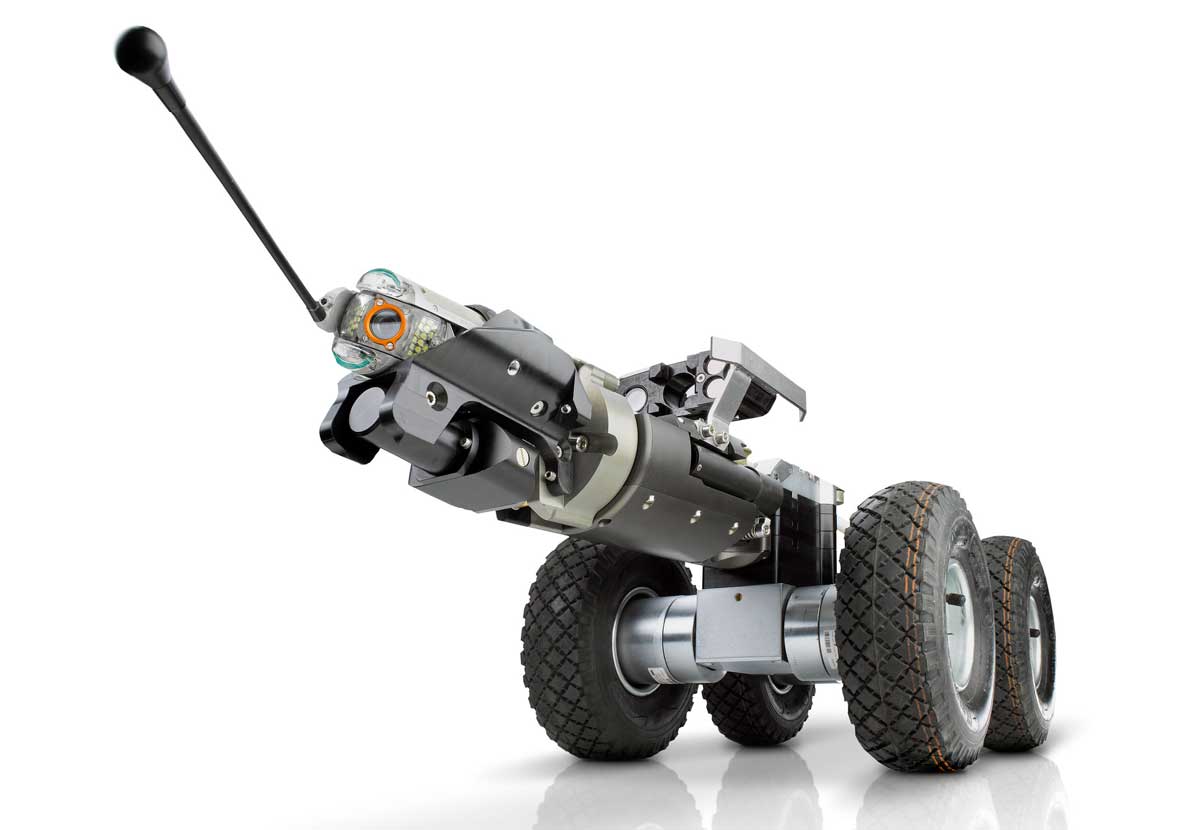
Cross Bores – Looking to Avoid for Disaster
It is imperative that we find these cross bores before they cause loss of life and property. I know, as I have seen it firsthand.
In the summer of 1988, I was 15 years old and had been working at my family’s construction and excavation business since I could hold a shovel. I was helping to dig a basement on the other side of town when we got word of a problem and rushed to where my cousin was digging a trench in an alley for the local water department.
The water department had located all the lines and was overseeing the work, but unknown to anyone, there was an unmarked gas line running through an old unused house lateral. A bomb ticking away that no one knew existed. At some point both the unused lateral and the gas line were exposed. It was later determined that the gas must have entered the house back through the lateral, filling the basement, until ignited by a pilot light on the furnace.
When I arrived, a crew was trying to close the gas valve at the street and all I could see was the shattered remains of what was once a house. There was barely anything recognizable as furniture or household goods. Everything was splintered and trash, as if it had been shelled by artillery. The house next door had caught fire as well and was going fast. I remember thinking how little space all the debris took up, as though it was not enough to constitute an entire house. To be fair, the debris was likely scattered across the entire block. Luckily, no one was in the house. No one was injured. The family next door lost their home and all their possessions, but made it out safely.
Since we were working under the direction of the local water department, it was decided that our company held no liability, but my father eventually closed the business he had started 30 years before, never to do contracting work again.
Equipment to Locate Cross Bores
Now, more than 35 years later, our company provides equipment that can help prevent similar disasters from happening. RapidView IBAK North America’s innovations in lateral inspection have, and will continue to, find these time bombs before someone sets them off. Fortunately, the technology for finding these has vastly improved. Sensors now exist, that when used, can prevent cross bores from happening in the first place.
In 1994, IBAK introduced the world’s first lateral launch robot that launches a push camera up into the lateral from the mainline. This innovation is important, since inspecting from the property owner to the mainline is often difficult and time consuming. Over the intervening years, the drive mechanism and placement armatures have evolved into a simple-to-use system that quickly launches a camera and requires minimal training. You can now launch from mainlines up to and over 48 in. in diameter with the right attachments.
Now, these lateral launch systems utilize full, high-definition cameras providing incredible image clarity. Steerable cameras use a navigating stick, patented by IBAK in the late 1990s, to choose directions when encountering Y and T connections. This means that laterals that are tied together can be inspected from the same mainline access point. Most cameras now carry transmitters as well, which send out a signal that can be located above ground with a high degree of accuracy. Determining the depth and location of the sewer lateral became possible to help avoid cross bores.
The process of “pre and post” inspection of every sewer lateral in an area being bored for natural gas has become standard procedure. This allows the contractor to find, locate, inspect, and log the position and depth of each lateral prior to boring, and confirm that no cross bores occurred after the project is completed. This was the most effective way to bore safely until a new tool was unveiled five years ago.
In 2018, IBAK introduced the 3D GeoSense sensor. This small sensor can be installed in small cameras that can log the position and direction of underground pipelines as it moves through the pipeline. This sensor supplies the XYZ coordinates of the camera’s movement, allowing the underground pipeline to be plotted and logged in three dimensions using various software tools when used in conjunction with accurate geo-fixed points. Contractors are now taking this data, acquired during their normal pre-boring inspection, and using it to program their boring parameters to avoid the sewer laterals more efficiently than with previous procedures. This method can reduce the number of accidental bores requiring repair or replacement. Post inspection, is of course, still required.
Many people outside of our industry simply do not understand the danger and frequency of cross bores. Recent studies show that it is expected to find two cross bores every five miles. In some cases, it is found that entire city blocks are compromised. It is a situation where the individual risk may be low, however the cost of failure is incredibly high. I’ve seen the result firsthand.
We cannot afford to ignore cross bores. Throughout the world, some municipalities require the inspection of laterals as a requirement of purchasing a home. That would be a good start. It is incumbent on municipalities, contractors, and energy companies to do everything in their power to find these underground time bombs and diffuse them.
1Inspections for Eliminating Cross Bores, July 23, 2012, Mark Bruce, Cross Bore Safety Association
2Cross Bores, No-Dig 2010 presentation, Mike Kemper, NPL Construction Company
Matt Sutton is a partner with RapidView.





